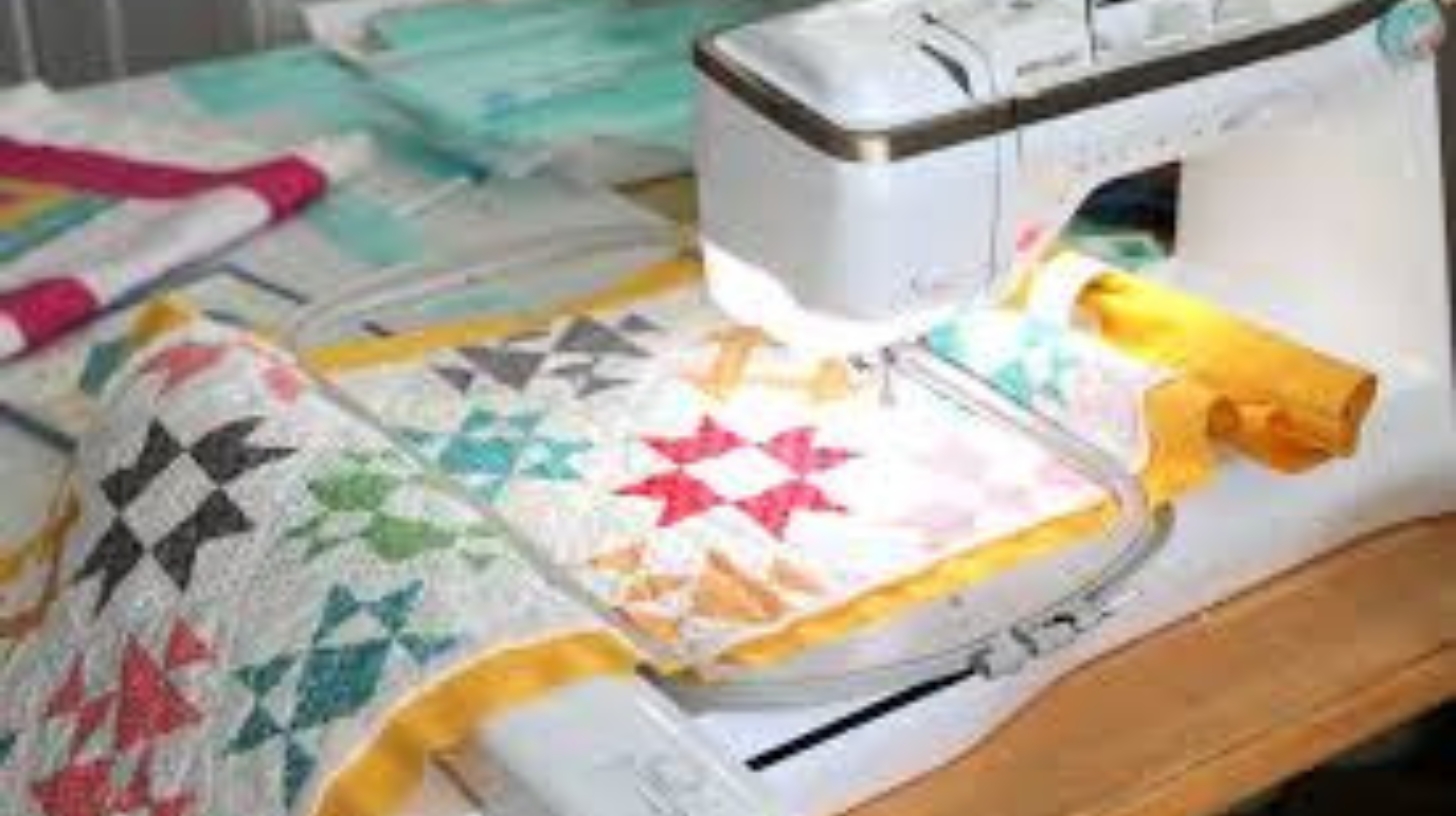Whether you’re an embroidery enthusiast, a professional seamstress, or a hobbyist, using your thread efficiently is key to producing high-quality work while minimizing waste. Thread efficiency is not only about saving resources but also about enhancing the overall quality of your projects. In this blog, we’ll discuss practical tips and techniques to help you make the most of your thread, ensuring every stitch counts.
Why Thread Efficiency Matters
Efficient thread usage can improve the durability of your designs, save time and money, and reduce waste. Here’s why it’s important:
- Cost Saving: Premium thread can be expensive, especially for large-scale embroidery or sewing projects. Efficient use ensures you get the most out of every spool, lowering costs.
- Waste Reduction: Reducing thread waste is an environmentally conscious decision that contributes to a more sustainable crafting process.
- Improved Workflow: When you’re mindful of your thread usage, you’ll spend less time re-threading, cutting, or dealing with tangled messes, resulting in a smoother and faster workflow.
Tips for Efficient Thread Usage
1. Choose the Right Thread for the Job
Not all threads are created equal. Using the right type of thread for your fabric and project can prevent excessive breakage, fraying, or tension issues, which waste thread and time. For example:
- Cotton thread for natural fibers like linen and cotton fabrics.
- Polyester thread for stretchy or synthetic fabrics.
- Silk thread for delicate fabrics and fine details.
By matching the thread type to your fabric, you’ll ensure smoother stitching and less waste.
2. Optimize Your Thread Tension
Improper tension settings on your sewing or embroidery machine can cause thread breaks or loops, leading to excessive waste. Ensure that the tension is neither too tight nor too loose for the thread you’re using. Conduct a quick tension test on scrap fabric before starting your project to get it just right.
3. Use Bobbins Wisely
Winding your bobbin correctly is crucial for efficient thread use. Overfilling the bobbin can cause it to jam, while underfilling can lead to frequent re-threading. Fill your bobbin evenly and at the right level to prevent thread waste and maintain a smooth workflow.
4. Plan Your Design Efficiently
For embroidery projects, planning your design layout can save a significant amount of thread. Avoid unnecessary jump stitches or overlapping areas. Using embroidery software to plan the stitch path can optimize thread use, minimizing stops and starts that lead to waste.
5. Reuse Short Threads
Don’t throw away those short pieces of thread that are left after cutting! For small stitching details or quick fixes, those short lengths can come in handy. Keep a small container for leftover threads that can be used later.
Maintenance Matters: Take Care of Your Machine
A well-maintained sewing or embroidery machine contributes significantly to thread efficiency. Dirty or worn-out machine parts, especially the needle, can cause thread breaks and uneven stitches, leading to unnecessary waste. Regularly clean your machine, oil the necessary parts, and replace the needle when needed to ensure it runs smoothly.
Maximize Thread Lifespan: Storage Tips
How you store your thread plays a role in its lifespan and efficiency. To prevent fraying, tangling, or weakening over time, keep your thread in a cool, dry place away from direct sunlight. Use thread organizers or boxes to store spools separately, ensuring they remain tangle-free and ready for use.
Invest in High-Quality Thread
While it might be tempting to cut costs with cheaper threads, premium threads are generally more durable, smoother, and less likely to break. Investing in high-quality thread ensures less wastage, fewer breaks, and a more efficient stitching process overall.
Conclusion
Thread efficiency is more than just a cost-saving strategy—it’s about optimizing your entire sewing or embroidery process. By choosing the right thread, maintaining your machine, and adopting smart storage and usage techniques, you can create high-quality projects with minimal waste. The more efficiently you use your thread, the smoother your workflow and the more professional your results will be.
Make every stitch count by using your thread wisely!



